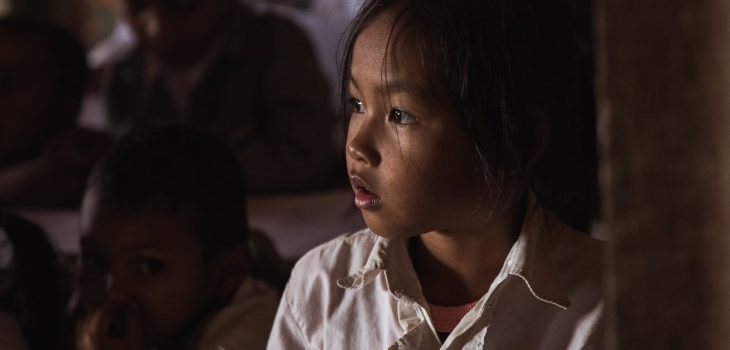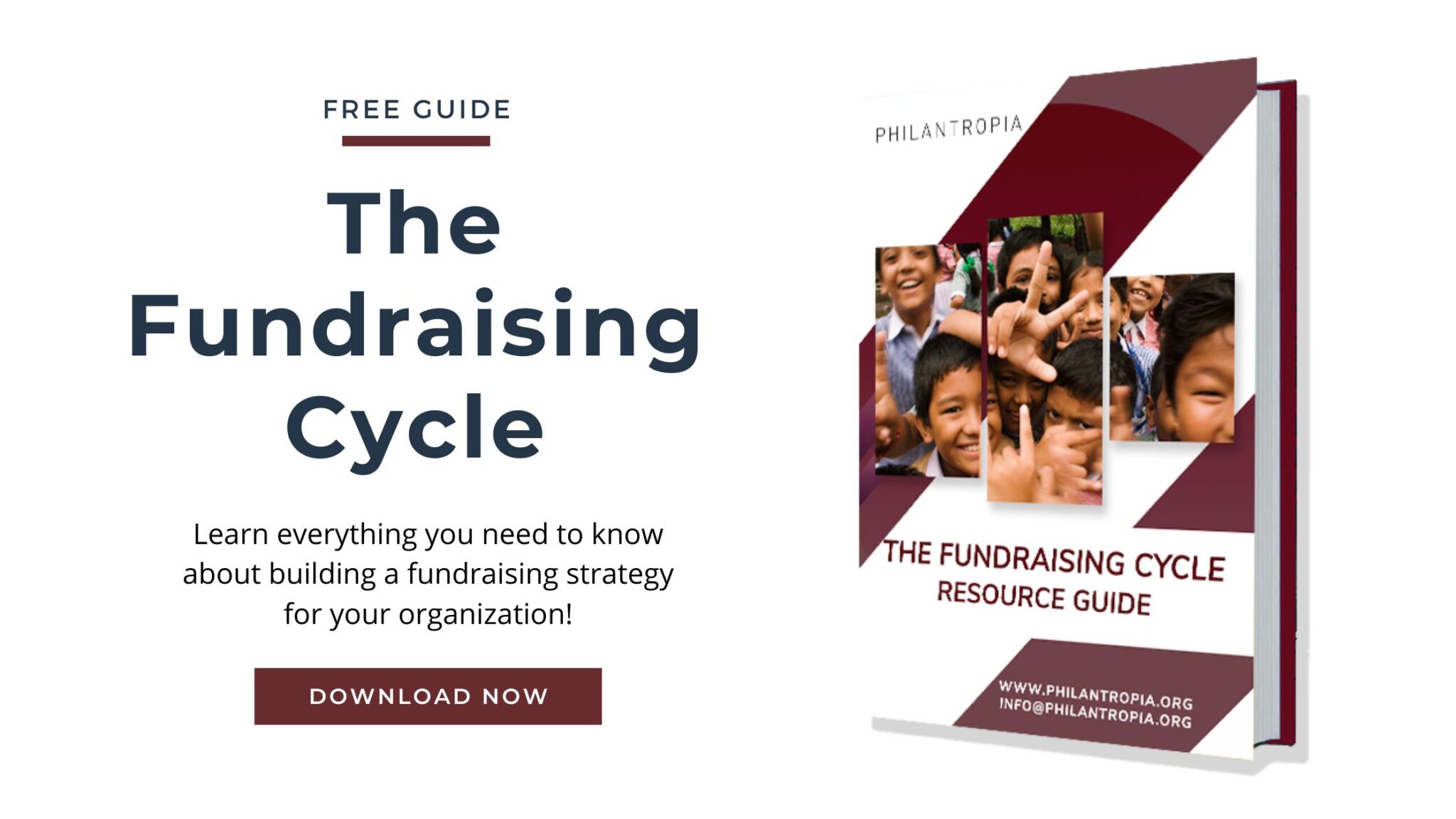In past articles, we have discussed having communication strategies as well as using stories to share your work.
One very common communication tool we have not covered is the ‘pitch.’ Why not? Because honestly, we here at proposalsforNGOs don’t really like NGO pitches.
What is a pitch?
A pitch is a short, 30-120 second appeal for your project. The pitch was originally designed for the imagined case of finding yourself in an elevator with an influential decision-maker. You could share your pitch and get a handshake agreement all before getting off the elevator. Of course, NGO pitches are used in many other more likely situations. These include conferences, donor meetings, networking events, media coverage. Or even when you just need to explain to friends and family what you are working on. Being able to succinctly pitch your project in a way that is quick and easy to understand is very important to NGOs.
What’s so bad about that?
If you ask around for instructions on how to craft the perfect pitch, you will undoubtedly find thousands of blog posts, videos, personal examples, and other tips on pitches. However, much of the information you will find is contradictory: Should you describe your organization first or last? Do you mention your budget directly or not? Writers even disagree on how long a pitch should be. The idea of a pitch – getting all the important information is as little time as possible – is useful, but it does not lend itself to any clear format or method of organization. But there are other issues as well.
Pitching is a concept brought over from the business world. And while it is understandable why they have become so popular, pitching has become so common that donors can recognize a pitch from a mile away. This means that pitches are no longer new or interesting, and also that donors have a wealth of past examples to compare your pitch against. If your pitch is not up to par, that could jeopardize your goal.
Crafting a good pitch can be difficult, and having a bad pitch can backfire.
Furthermore, a good pitch is still no substitute for a good conversation. And it can be very difficult to move between reciting a memorized advertisement of your NGO to having an open and honest conversation.
What should you use instead?
Here at proposalsforNGOs, we firmly believe that storytelling is the ultimate communication tool for talking about your NGO.
“Stories constitute the single most powerful weapon in a leader’s arsenal.”
– Dr. Howard Gardner, Harvard University
A story is a tale or narrative with characters, plot, and other elements that are easily recognizable to listeners or readers. People from all societies and cultures have been telling stories even before recorded history. Stories are a way of entertaining audiences, spreading information, teaching lessons, introducing new ideas, and much more. Everyone can and has shared stories.
At first glance, it may seem like NGO pitches and stories have nothing in common. However, pitches are actually the most effective when overlapped with stories. After all, the goal of a pitch is to compel your listener to act, and nothing is more compelling than acting out a story!
In my next article, I am going to show you the power of stories and their importance in spreading your message. I will also share how to turn your pitch into a story.
Do you have any experiences with pitches and storytelling? Please share in the comments.



